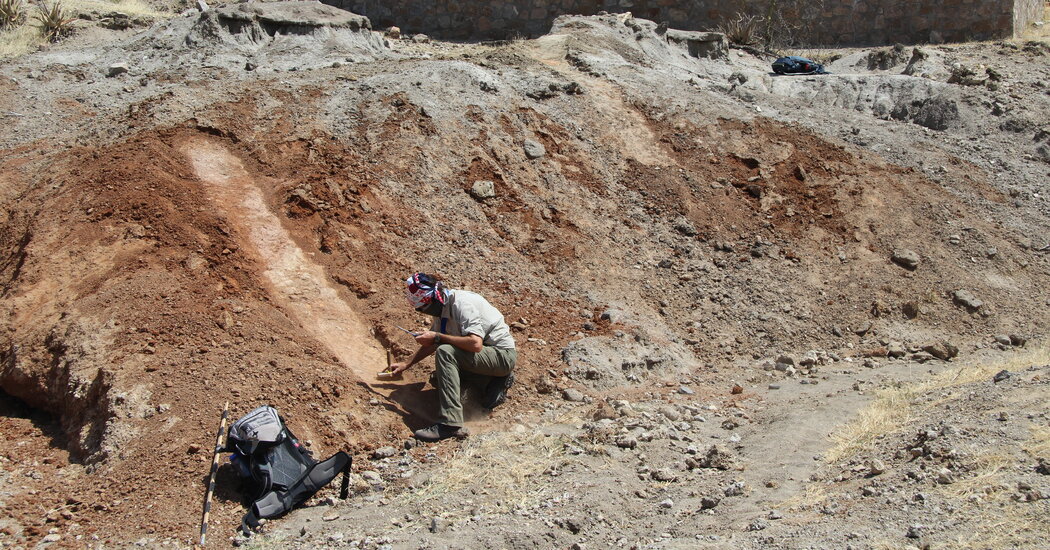A million years ago, a species known as Homo erectus most likely survived in an arid desert with no trees.
Chimpanzees live only in African rainforests and woodlands. Orangutans live only in the jungles of Indonesia. But humans live pretty much everywhere. Our species has spread across frozen tundras, settled on mountaintops and called other extreme environments home.
Scientists have historically seen this adaptability as one of the hallmarks of modern humans and a sign of how much our brains had evolved. But a new study hints that maybe we aren’t so special.
A million years ago, researchers have found, an extinct species of human relatives known as Homo erectus thrived in a harsh desert landscape once considered off limits before Homo sapiens came along.
“It’s a significant shift in the narrative of adaptability, expanding it beyond Homo sapiens to include their earlier relatives,” said Julio Mercader, an archaeologist at the University of Calgary and an author of the study, which was published Thursday in the journal Communications Earth and Environment.
Fossils of our early forerunners collected over many decades seemed to confirm the special adaptability of our species. Our ancestors, known as hominins, split off from other apes in Africa about six million years ago and lived for millions of years in open woodlands. They did not seem to live in extreme environments.
Dr. Mercader and his colleagues closely examined environments in East Africa, which has yielded some of the richest troves of hominin fossils. They picked a site in northern Tanzania called Engaji Nanyor where paleoanthropologists had previously found fossils of Homo erectus.
